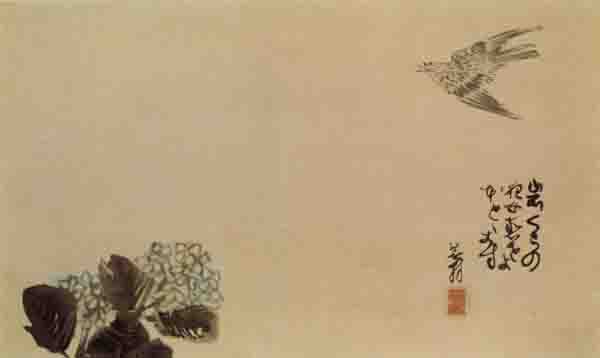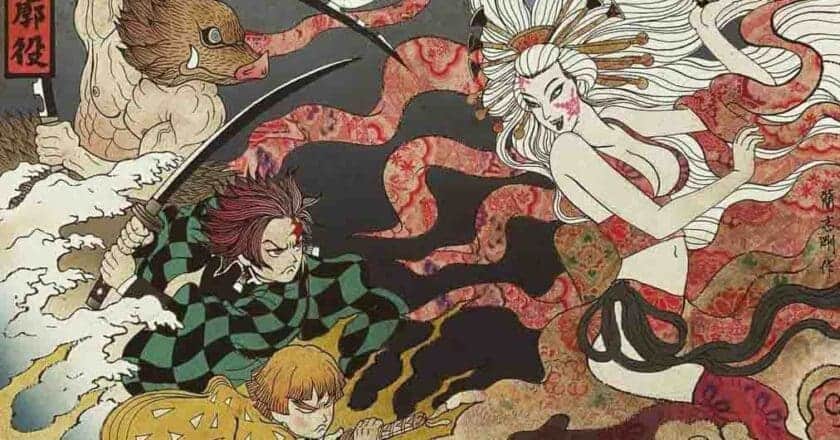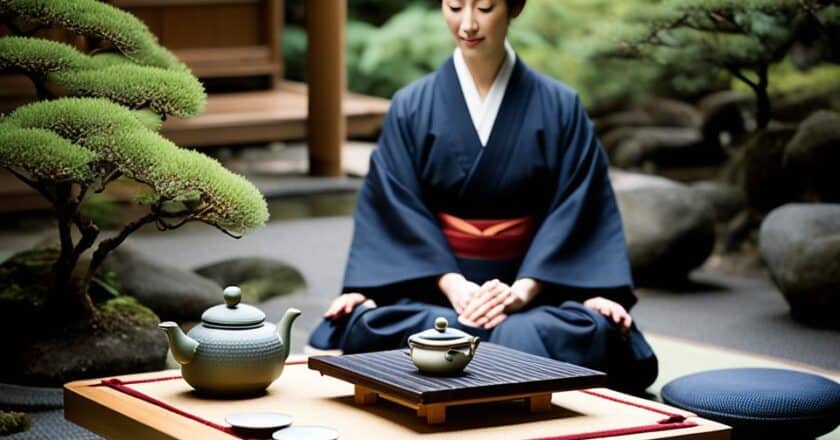Japanese Bento Culture: Artistic and Practical Lunchboxes
Bento Culture in Japan is more than just carrying a Japanese Lunch Box. It began in the Kamakura Period. It is an art, a historical tradition, and practical. It has grown to include modern foods and supports sustainable living. Today, bento boxes combine the old and the new. They make Healthy Lunch Ideas from Asian Cuisine look good and taste great.
Key Takeaways The Japanese bento box originated over 800 years ago and has since become a global phenomenon.
Adherence to the "ichi-juu-san-sai" principle in traditional bento boxes ensures a well-balanced meal.
Modern bentos have embraced international flavors, catering to diverse tastes and dietary requirements.
The use of sustainable materials in bento construction reflects an ecological consciousness in Japanese culture.
Companies like The...










